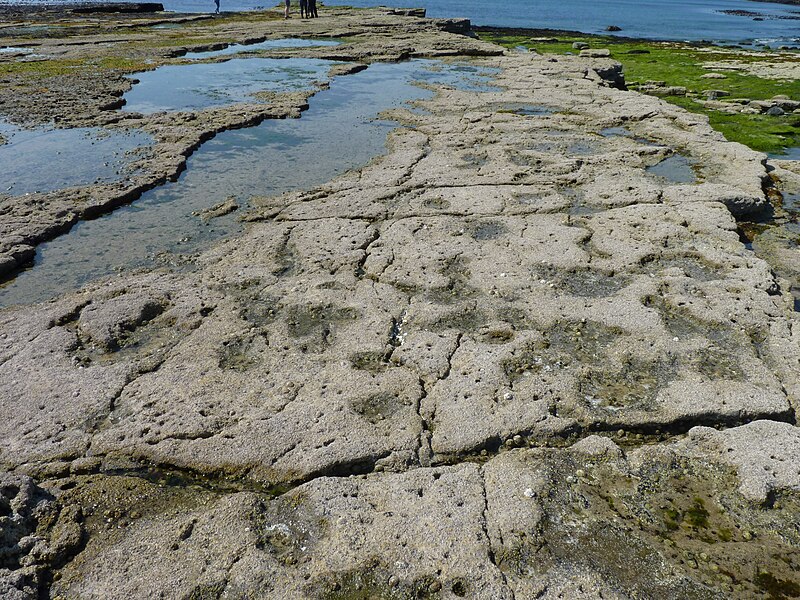Two paths cross –
dialogues etched
in lakebed sands
and space,
silent
yet howling.
Bare traces
on a shared canvas,
one
then another –
rhythms captured
by the press of time.
Neither voice
nor echo
at the water’s edge,
still history speaks
of survival –
step-by-step
side-by-side
through connections
deep across
our common earth.
This poem is inspired by recent research, which has found 1.5-million-year-old footprints of two different species of human ancestors at the same spot.
Throughout the Pliocene and Pleistocene epochs – periods stretching back several million years – various human-like species existed alongside each other in parts of eastern and southern Africa. However, due to the sparse nature of fossilised remains, it has been difficult to understand how these early humans interacted with each other. This gap in knowledge makes it challenging to piece together the intricate history of human ancestry and how different species managed to coexist or compete in shared environments.
Recently, researchers uncovered footprints in Koobi Fora, Kenya, estimated to be around 1.5 million years old. These footprints are revolutionary as they provide the first clues of different walking patterns from two species of early humans – Homo erectus and Paranthropus boisei – on the same ancient soil. This discovery, also noted in other nearby locations, supports the idea that these species lived together in the same areas. The findings highlight the significance of lakeside environments to these groups and suggest that they might have shared resources, competed, or occupied different ecological niches, offering new insights into the dynamics of human evolution.
Discover more from The Poetry of Science
Subscribe to get the latest posts sent to your email.





















Discussion about this post